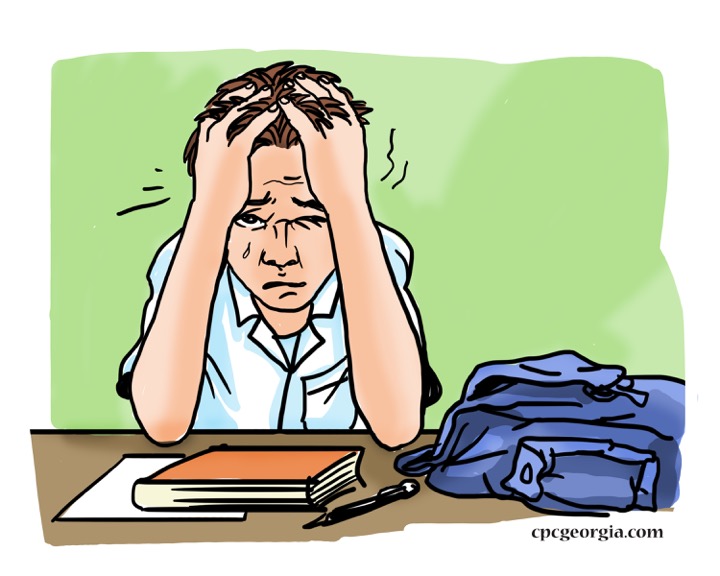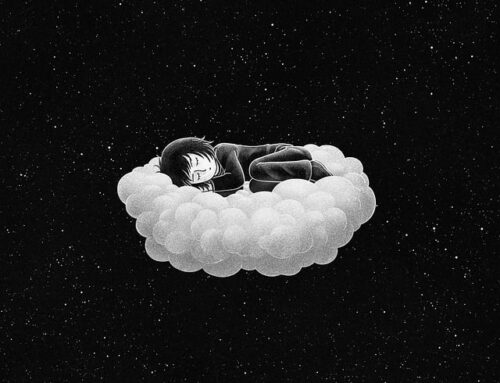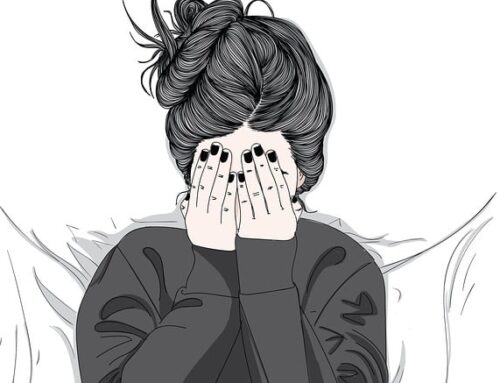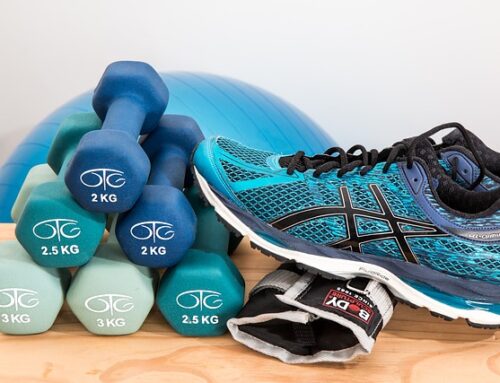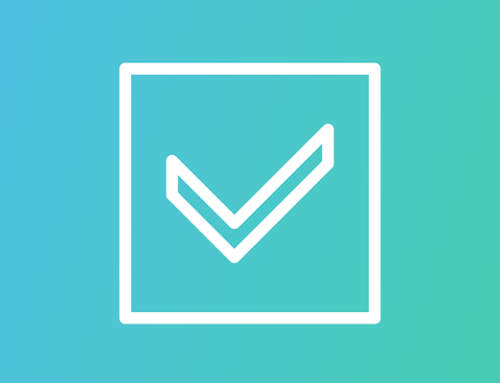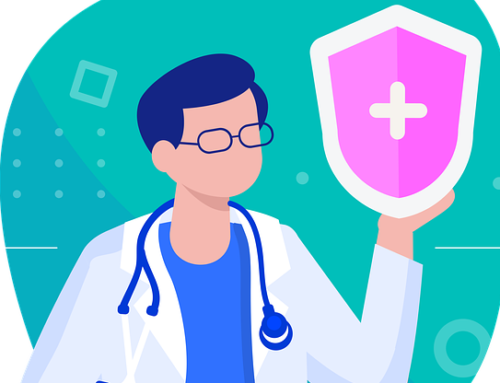While you are preparing for back-to-school with your children, let’s talk about sleep. As you know, after a long day at school your child might come home feeling tired. That’s normal, right? Most likely. However, what if they’re constantly tired because they are suffering from sleep apnea? Would you know the difference? It’s ok if you don’t. To help you understand normal sleepiness from the side effects of sleep apnea, here is what to look out for in your children.
Frequent, shallow breaths. Since children have smaller lungs, they have less oxygen in reserve. As a result, this causes them to take frequent, shallow breaths rather than slow, deep breaths. When this occurs, it can also cause a child to have too much carbon dioxide in the blood. As an adult with OSA, you may have fragmented sleep, briefly waking up after breathing stops. However, children do not wake up in response to pauses in breathing. They have a higher “arousal threshold” than adults, making their sleeping patterns fairly normal with OSA.
A history of snoring. Most children with sleep apnea have a history of snoring that tends to be loud and may include obvious pauses in breathing and gasps for breath. Snoring can also involve a continuous, partial obstruction without any obvious pauses or arousals, but the child’s body may move in response to the pauses in breathing.
Cognitive and behavioral problems. If your child suffers from sleep apnea he/she may experience cognitive and behavioral problems. These might include:
- Aggressive behavior
- Attention-deficit/hyperactivity disorder (ADHD)
- Delays in development
- Poor school performance
Contact Dr. Mayoor Patel at Craniofacial Pain & Dental Sleep Medicine Center of Georgia for more information on sleep apnea and how it might be affecting your child.


